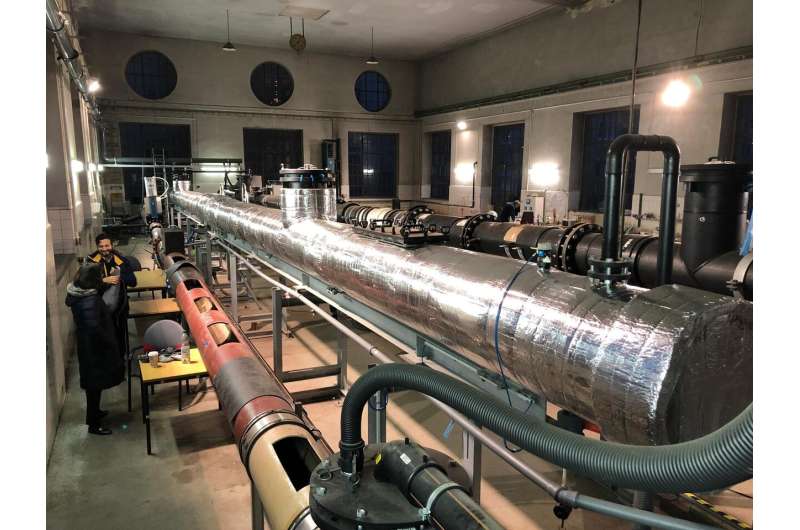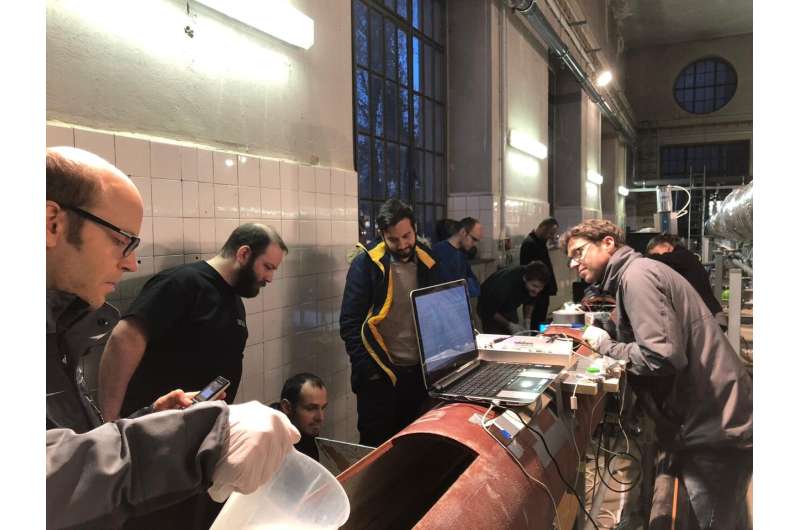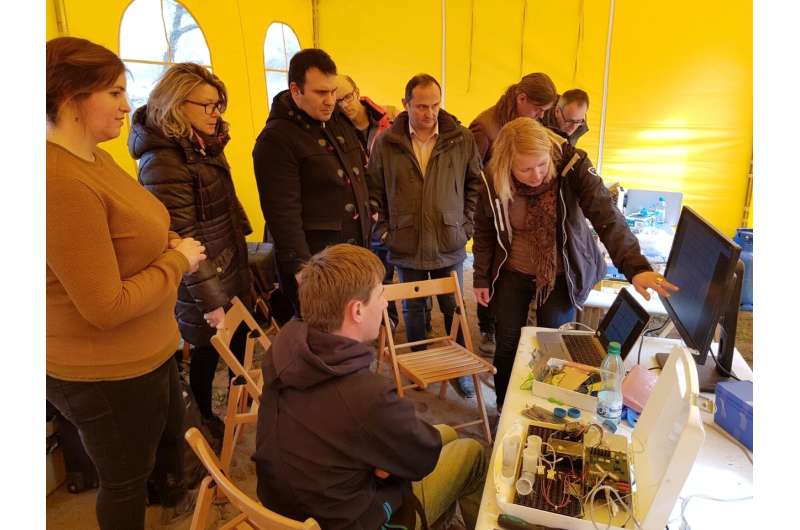Credit: SUSU
Molecularly imprinted polymers, which have been created with the participation of a SUSU scientist, have become a base for a unique sensor that detects banned substances in wastewater. Police forces in European countries, where the problem of drug production is particularly acute, have shown interest in this development. The results of the research on creating these polymers have been published in a first quartile journal, Biosensors and Bioelectronics.
An international team, which included SUSU Senior Research Fellow Natalia Beloglazova, were set a task of detecting the traces of drugs in wastewater created in illicit drug laboratories. The scientists have designed an automated sensor system that is now the base of the Micromole project, a part of the Horizon 2020 program for research and innovation of the European Union.
The development consists of a system of sensors intended for continuous monitoring of wastewater flow. The system allows authorities to search for laboratories creating synthetic amphetamine drugs, which produce waste contains the traces of production. The majority of the supplies to the illicit market come from European countries, and special attention is paid to amphetamine here.
"Due to its simplicity, Leuckart synthesis is the most popular method of producing amphetamine. The well-known benzyl methyl ketone is reduced to N-formylamphetamine, and then it is hydrolysed to a relevant amphetamine salt. After an alkaline compound is added, the salt turns into an amphetamine free base, which can be transported as a liquid to different countries or continents. The waste from the Leuckart reaction contain certain specific markers indicative of amphetamine synthesis. That is why we've been designing chemical sensors to identify certain amphetamine markers," said Natalia Beloglazova.
Testing of the automated sensor system. Credit: SUSU
In their recent research, the team of scientists from Russia, Belgium and Poland have studied the synthesis of highly selective, molecularly imprinted polymers for benzyl methyl ketone—one of the amphetamine markers. These polymers were used to create capacitive sensors for wastewater monitoring. No such devices have ever before existed in the market.
Presentation of the system before the police forces from Poland. Credit: SUSU
To select the most suitable monomers and crosslinking elements, the researchers used the calculation approach. With the help of the links, the developers compared the methods and protocols of polymerization, and analyzed the influence of the characteristics of the polymers. The synthesized parts were immobilized on the surface of golden electrodes.
The researchers were studying the efficiency of the created polymers in Berlin, having been granted access to the city's sewage system. The system was successfully tested at all stages. The use of the created sensor based on the designed polymers is a subject of interest to the police forces of several European countries with the most difficult situation with the illicit drug industry: Poland, the Netherlands, Germany and Belgium.
More information: Esther De Rycke et al. Capacitive sensing of an amphetamine drug precursor in aqueous samples: Application of novel molecularly imprinted polymers for benzyl methyl ketone detection, Biosensors and Bioelectronics (2020). DOI: 10.1016/j.bios.2020.112773
Journal information: Biosensors and Bioelectronics
Provided by South Ural State University

























